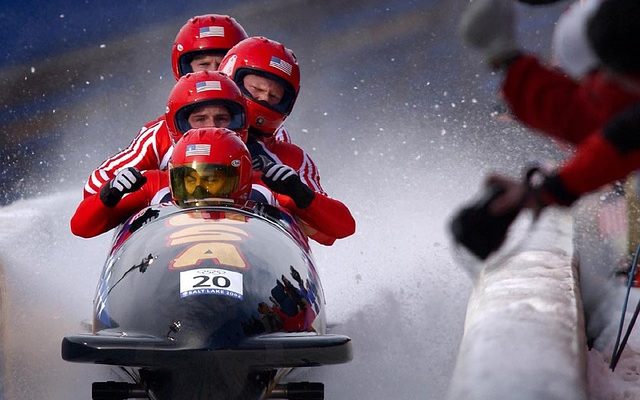
When a student and sports enthusiast such as Andrew Knight New Canaan stands at the top of a ski run he understands the life-threatening nature of the activity he is about to undertake. However, when the 2018 Pyeongchang Winter Olympics takes place the people of the world are looking at some of the most dangerous sporting events taking place in the world with an overall injury rate of over 12 athletes injured from every 100 competing; The Guardian reports the number of athletes injured does not vary too greatly from Summer to Winter Olympics with 11 athletes reporting injuries per 100 during the most recent Summer Olympics.
Life-threatening injuries
Where the Winter Olympics differs greatly from the Summer Olympics or the most popular sports in the world is the number of life-threatening injuries the majority of athletes face over the course of their careers. During a practice run for the 2010 Winter Olympics in Vancouver, the Georgian luge competitor, Nodar Kumaritashvili lost control of his equipment and collided with a pole after leaving the track to lose his life in a 90 mph collision, USA Today reports.
The collision of Nodar Kumaritashvili was a one-off incident which united the Olympic family in grief but for the snowboarding and skiing community, major injuries are always a part of life and their career. During the 2018 Olympics, a number of athletes revealed the major injuries they had suffered particularly in the snowboarding and skiing events requiring jumps and twists on a regular basis. Canadian Slopestyle expert Mark McMorris took home bronze despite a life-threatening series of injuries in a collision with a tree suffered while training.
Extreme sports throw up more injuries
The gap between injuries suffered in the Summer and Winter Olympics grows when individual sports are considered as only the BMX racing events seen in the Summer event offers a rate of injury similar to that seen in Winter sports. A study of the two events revealed the BMX events were the only ones seeing a rate of injury over 10 per 100 athletes taking seven days or more to recover from while a high percentage of Winter sports offered similar rates of injury in the study.
In fact, as Andrew Knight New Canaan can testify to, the level of severe injuries seen in the Winter Olympics sees all the snowboarding and skiing events offering an injury rate of over 14 per 100 athletes. The most shocking statistic recently revealed has been the fact the aerial skiing event at the 2014 Sochi Games saw an amazing 48.8 injuries per 100 athletes. The high rate of injury and the danger faced by athletes in these events saw many delays during the 2018 Games as the weather conditions made them more dangerous than already stated and prompted the skiing authorities to defend their decision to continue with the event following such long delays to the Alpine events.
Dangers outside skiing
The skiing events undoubtedly provide the greatest risks for competitors but there has also been a range of injuries seen in events such as short track speed skating where Briton Elise Christie returned to the track with an ankle injury after a series of high-speed crashes. Christie was just one of the competitors who found herself injured during the event with short-track speed skating seeing an average of 12 injuries per 100 athletes over the course of the games. A crash in the 1,500 meters event left Christie carted from the ice with a bruised ankle which would later require extensive hospital treatment before she was given the all-clear to attempt to race in the 1,000 meters event she could eventually be disqualified from.
During the 2018 Games, the luge once again caused track officials and commentators a few heart-stopping moments when the U.S. athlete Emily Swinney lost control of her equipment and bounced off the walls of the course before crashing to a halt. The never-say-die attitude of Olympic athletes was epitomized by Swinney when she walked off the track refusing to be defeated by the track and stated her next step was to receive an x-ray on her back which was stiff and sore.
Despite no competitor so far dying during an event at the Winter Olympics, there have been multiple deaths during training and practice and the statistics do show the Winter Olympics are more dangerous than Summer events. However, the majority of competitors do understand these risks yet still find their confidence shaken by a major crash such as that undertaken by snowboarder Shaun White when he hit his head on the half-pipe lip during training prior to the 2018 Games.




